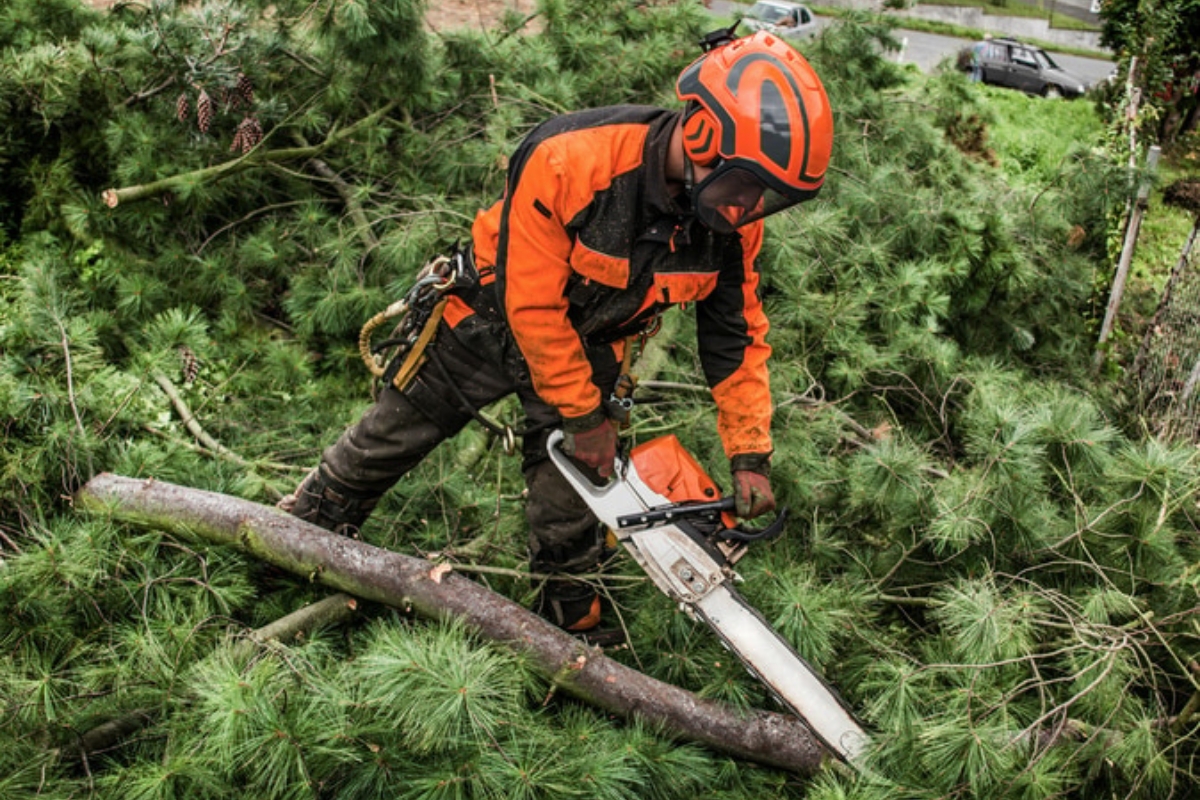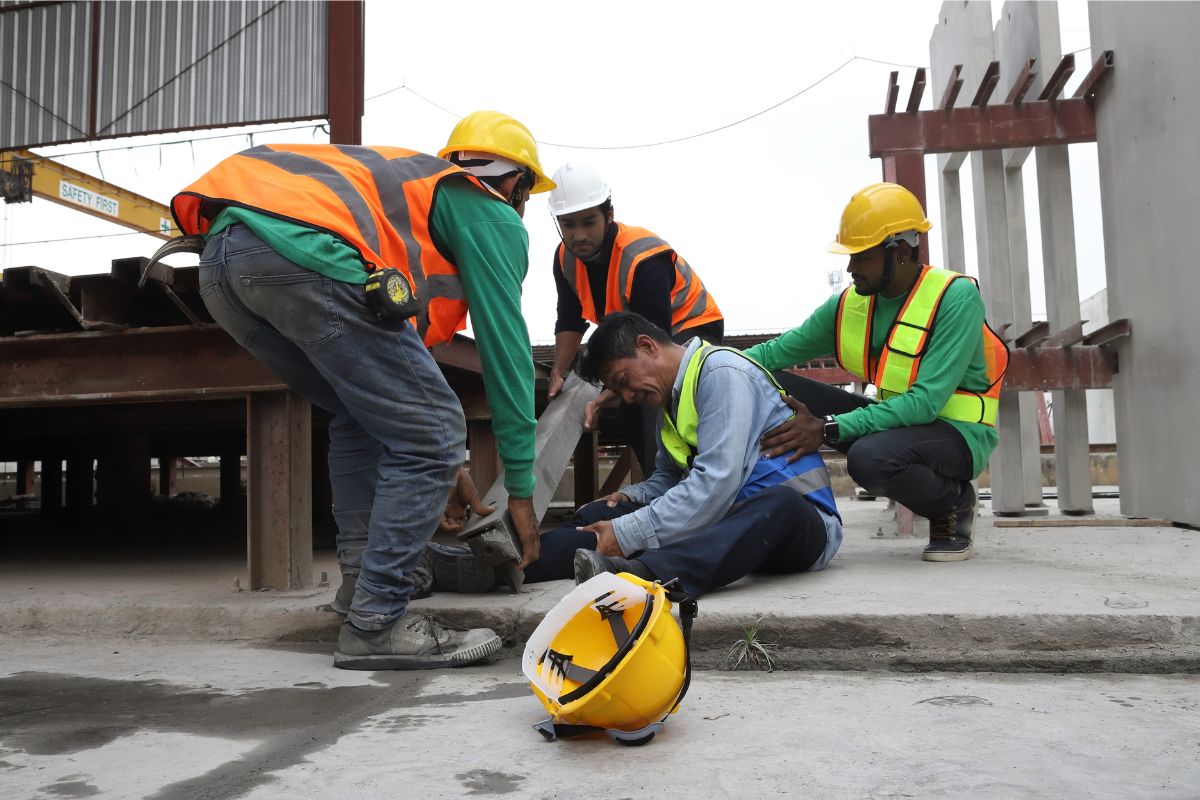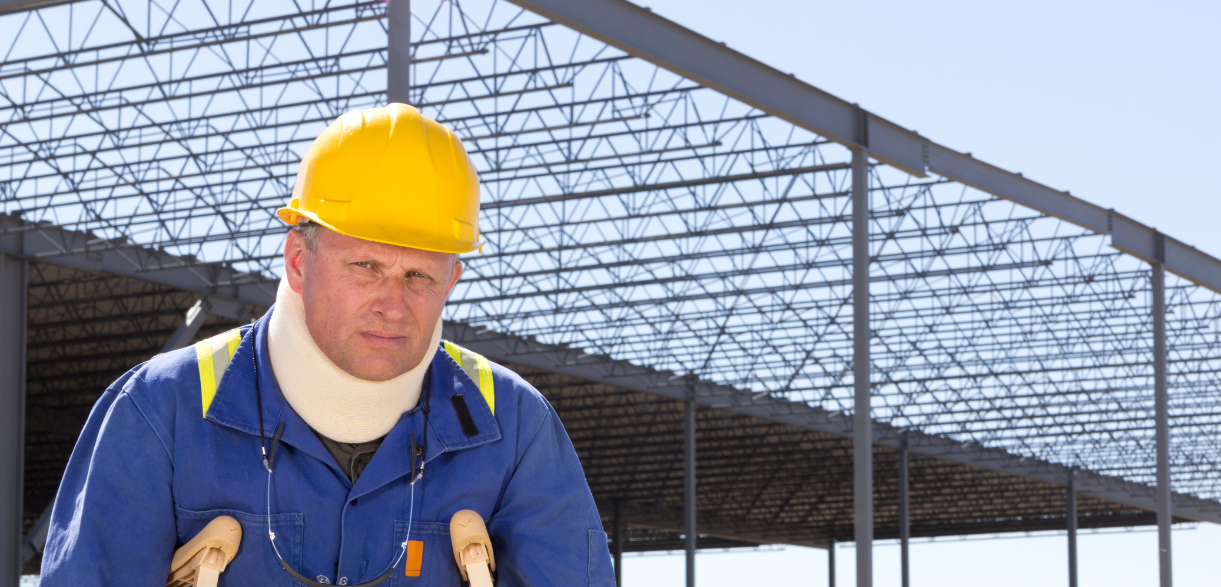
Trees significantly enhance property aesthetics, provide shade, and increase property value. However, they can also become a source of contention between neighbors when branches encroach upon property lines. Understanding your legal rights and responsibilities is crucial for resolving these disputes amicably and legally. At Rah Law, we specialize in assisting homeowners in navigating these complex issues with professionalism and adherence to local regulations.
Understanding Your Property Rights Regarding Overhanging Branches:
As a property owner, you generally possess the right to trim branches that extend over your property line. However, it’s essential to adhere to specific legal guidelines to avoid potential liabilities:
- Boundary Limitations: Trimming must be restricted to the property line. Cutting beyond this boundary or actions that harm the tree’s overall health are prohibited.
- Damage Prevention: All trimming activities must be conducted with meticulous care to prevent damage to the tree. Liability may arise from any harm caused.
- Local Ordinance Compliance: Familiarize yourself with local ordinances, as municipalities often have specific regulations governing tree trimming and property disputes.
Liability for Tree-Related Property Damage:
When a neighbor’s tree or its branches cause damage to your property (e.g., impact to your home, vehicle, or fence), determining liability is essential:
- Natural Events: If a healthy tree falls due to natural causes, such as a severe storm, liability may be determined by individual insurance policies.
- Negligent Maintenance: If the tree was diseased or inadequately maintained, the owner may be held accountable for the resulting damage.
Effective Strategies for Resolving Tree Disputes:
- Direct Communication: Initiate a respectful dialogue with your neighbor. Many tree disputes can be resolved amicably through open communication, negating the need for legal intervention.
- Local Ordinance Consultation: Review local tree ordinances and regulations to understand the prescribed procedures for handling tree disputes. This information can be obtained from your city or county authorities.
- Professional Arborist Assessment: Engage a certified arborist to assess the tree’s health and potential hazards. Their expert evaluation can provide valuable insights and recommendations for appropriate action.
- Formal Written Notice: If verbal communication proves ineffective, send a formal written notice detailing the issue and the desired resolution. This documented communication may encourage cooperation.
- Legal Counsel: If the dispute persists, consult a real estate or property law attorney. At Rah Law, our experienced attorney Grant Steffen Rahmeyer can provide expert legal guidance, clarify your rights, and assist in taking appropriate legal steps.
Proactive Measures to Prevent Future Tree Disputes:
- Implement a routine inspection and maintenance schedule for trees on your property.
- Establish clear maintenance agreements with neighboring property owners.
- Maintain awareness of local tree laws and regulations to prevent misunderstandings.
Seeking Expert Legal Guidance from Rah Law:
If you are facing a tree dispute or property line issue, our experienced attorney Grant Steffen Rahmeyer, at Rah Law, is ready to assist you. Contact us today for professional legal advice and support in resolving your property-related concerns.
For more in-depth insight, please check out : Fact Finders: Can you cut a neighbor’s tree?




